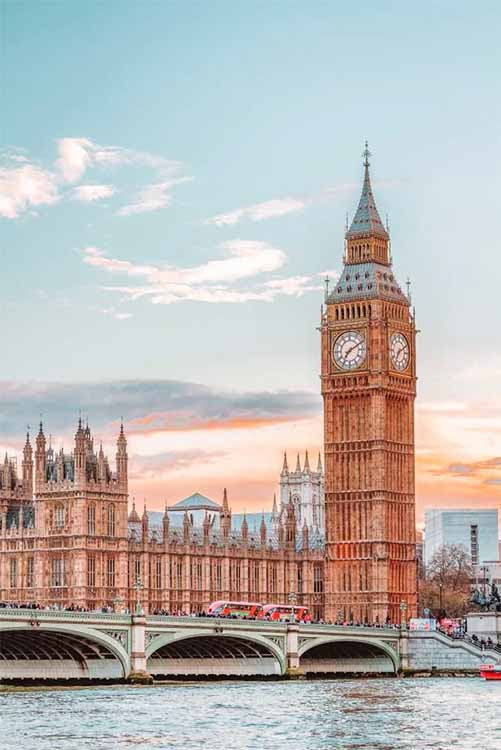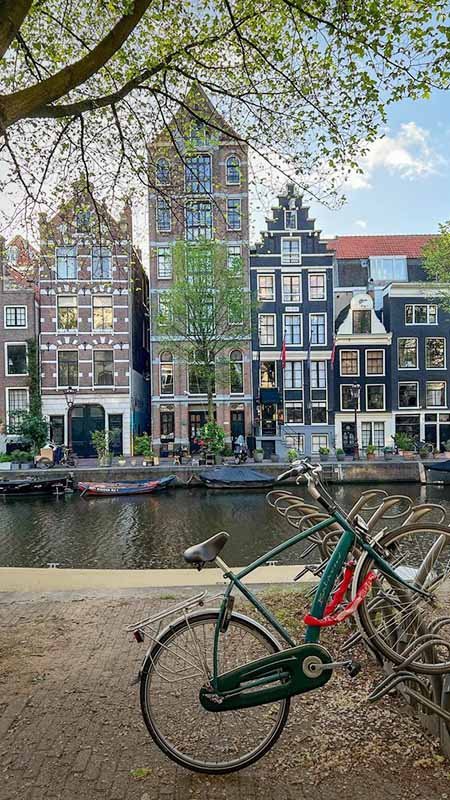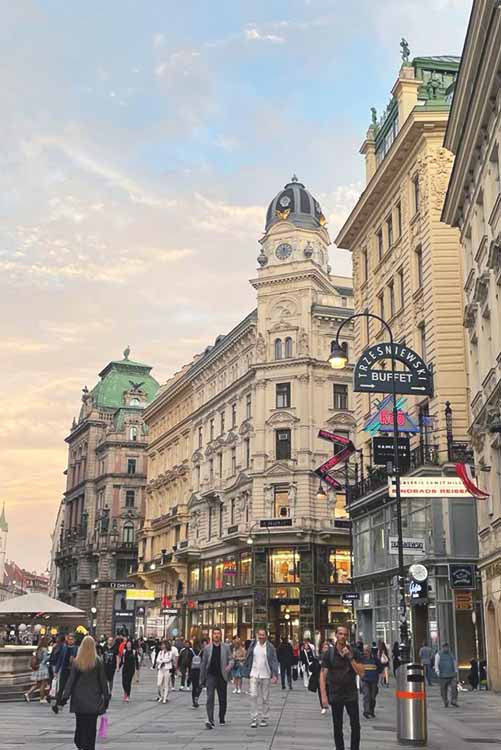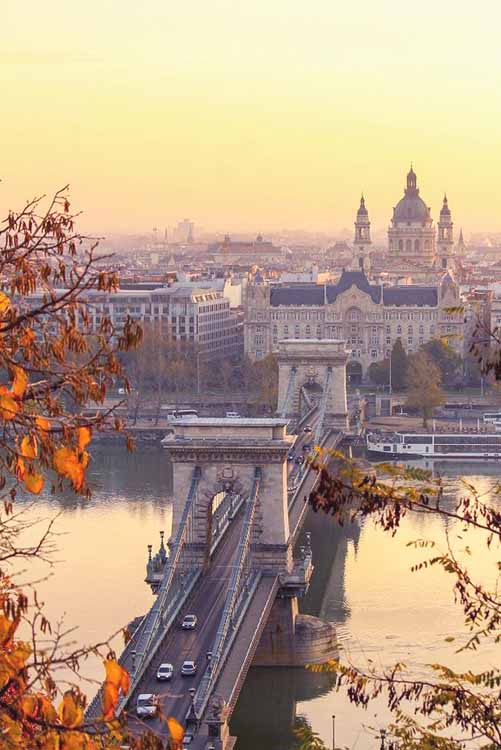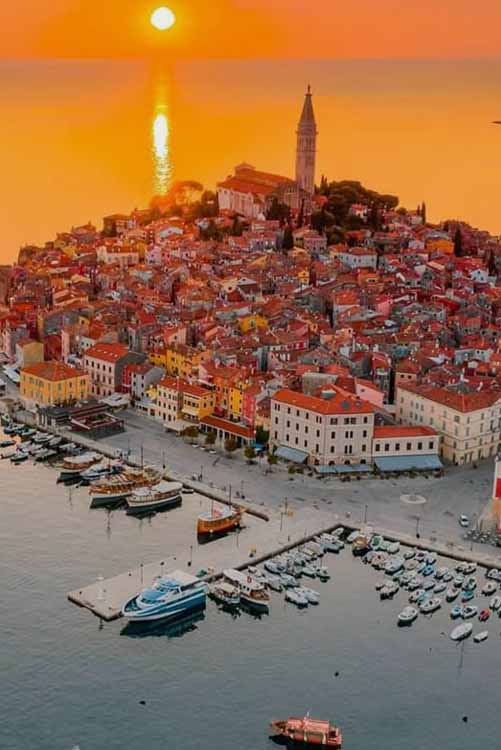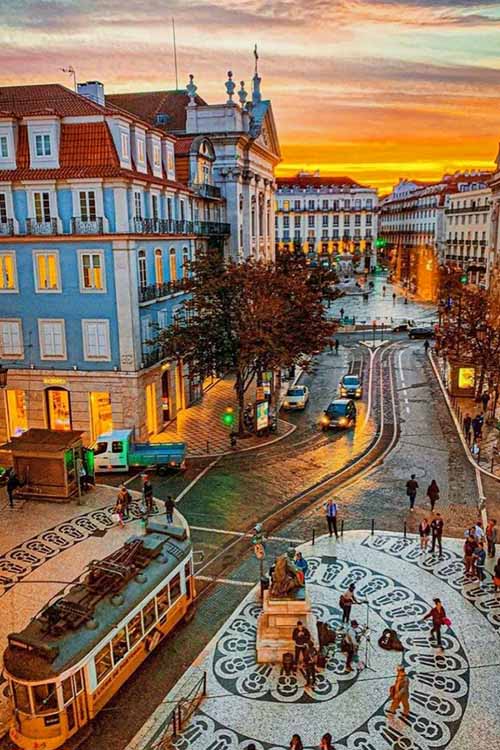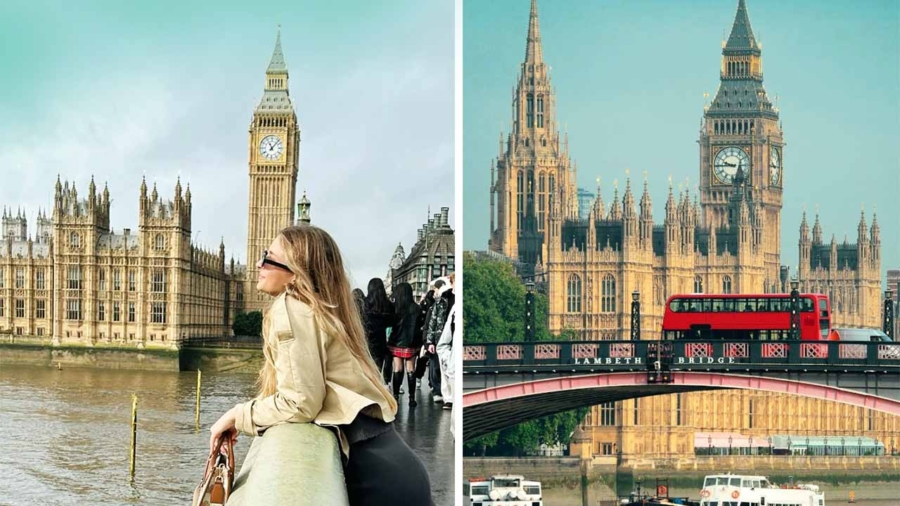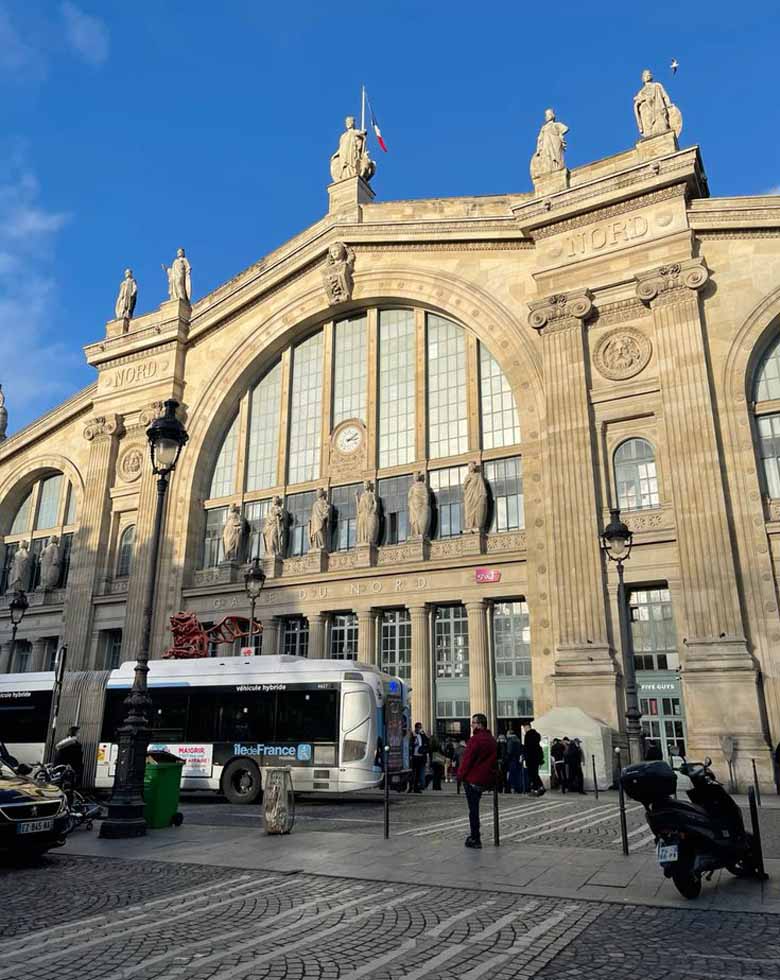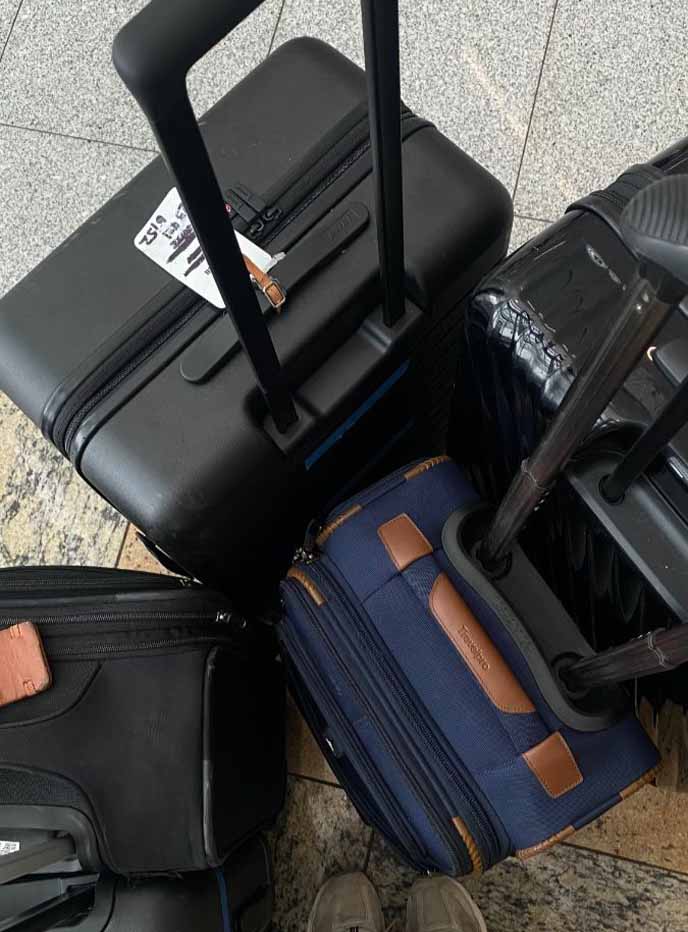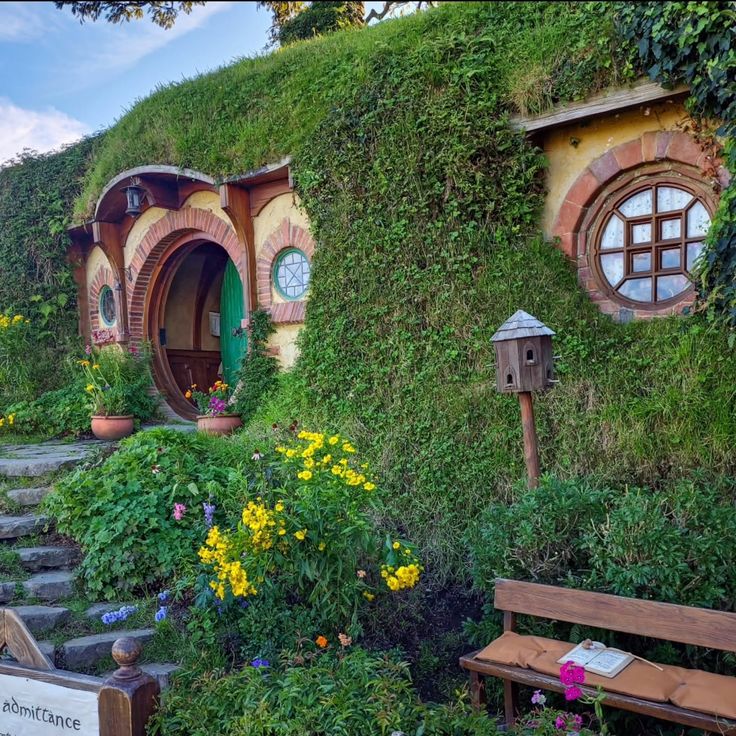Have you ever dreamed of winding roads that lead to turquoise lakes, snow-capped mountains, and forests teeming with wildlife? Then a journey through the Canadian Rockies is exactly what you need. This region of western Canada is home to some of the most beautiful natural landscapes on the planet. And the best way to explore them? A road trip. With the right Canadian Rockies itinerary, your adventure becomes smooth, scenic, and unforgettable.
Planning Canada road trips may seem overwhelming at first—but that’s where this guide comes in. Whether you’re a solo traveler, a couple seeking romance, or a family looking for adventure, this article will take you through everything you need to know to enjoy the Canadian Rockies like a pro. From where to start, what to see, where to stay, and how to make the most of every breathtaking stop—this is your ultimate Canadian Rockies itinerary.

Why Choose a Road Trip in the Canadian Rockies?
A road trip through the Canadian Rockies isn’t just a drive—it’s a life experience. The freedom of the open road combined with stunning scenery creates a sense of exploration that flying or taking a train just can’t offer. You’ll have the power to stop anywhere that catches your eye, whether it’s a hidden waterfall, a peaceful lake, or a family of elk crossing the highway.
The Canadian Rockies stretch through the provinces of Alberta and British Columbia, with two of the most famous parks—Banff and Jasper—located in Alberta. A well-planned Canada road trip through this area will take you through charming mountain towns, epic national parks, and jaw-dropping viewpoints. It’s the perfect combination of comfort and adventure, with well-maintained highways, plenty of accommodation, and lots of travel-friendly amenities along the way.
How Many Days Should You Spend?
The ideal Canadian Rockies itinerary is between 7 to 10 days. This gives you enough time to fully explore the highlights without feeling rushed. You’ll have the chance to visit Calgary, Banff, Lake Louise, the Icefields Parkway, and Jasper, while also taking time to relax, hike, and take in the views. If you have extra days, you can extend your trip to visit nearby spots like Yoho National Park or even head into British Columbia.
Your Day-by-Day Canadian Rockies Itinerary
Day 1: Arrive in Calgary

Your road trip adventure begins in Calgary, a vibrant city that blends modern energy with Western charm. Once you land at Calgary International Airport, you’ll want to pick up your rental car—your home on wheels for the next week or so. If you arrive early, spend a few hours exploring Calgary. The Calgary Tower offers panoramic views, while Stephen Avenue is perfect for grabbing a bite or doing some quick shopping.
Calgary is just a 1.5-hour drive from Banff, the first major stop on your journey. The drive itself is beautiful, with the Rocky Mountains slowly rising on the horizon as you leave the prairies behind. As you drive west on the Trans-Canada Highway, the excitement builds—your Canadian Rockies road trip has officially begun.
Days 2–3: Banff National Park

Once you arrive in Banff, you’ll quickly see why it’s one of Canada’s most visited national parks. Nestled in the heart of the mountains, Banff is both a quaint alpine town and a base for endless outdoor activities. Spend at least two days here to take in the best the area has to offer.
Start your exploration with Lake Minnewanka, a long and deep glacial lake where you can take a boat cruise or enjoy a quiet picnic. Head over to Bow Falls, a short walk from downtown Banff, and then ride the Sulphur Mountain Gondola to see the entire valley spread out beneath you. The views are breathtaking any time of year.
Downtown Banff is full of shops, cafes, and restaurants that give you a taste of the local vibe. Whether you’re in the mood for a gourmet meal or a simple burger and fries, there’s something here for everyone. In the evening, unwind in the Banff Upper Hot Springs—soaking in naturally heated mineral water while surrounded by snow-covered peaks is an experience you won’t forget.
Hiking, canoeing, wildlife watching, and even horseback riding are popular here. Keep your camera ready—elk and deer are common sightings, especially early in the morning or at dusk.
Day 4: Lake Louise and Moraine Lake

No Canadian Rockies itinerary is complete without a visit to Lake Louise and Moraine Lake, two of the most photographed lakes in the world. They’re located just 45 minutes from Banff, making it an easy day trip or overnight stay.
Lake Louise is famous for its vibrant turquoise water, caused by fine rock dust from melting glaciers. Rent a canoe to paddle across the lake or hike to the Lake Agnes Tea House for a cup of tea with a view. The towering peaks and Victoria Glacier create a magical scene that feels like a painting.
Moraine Lake, just 14 km from Lake Louise, is arguably even more beautiful. Surrounded by the Valley of the Ten Peaks, it has a bluer-than-blue hue that doesn’t look real in photos—but it is. If you’re an early riser, catch the sunrise here. It’s one of the most stunning sights in the Canadian Rockies.
Both lakes are popular, so arrive early or use the Parks Canada shuttle to guarantee access, especially in the summer months when parking lots fill up fast.
Day 5: Icefields Parkway Drive

The next stretch of your Canada road trip is one of the most scenic drives on Earth—the Icefields Parkway. This 230-kilometer (143-mile) route connects Lake Louise and Jasper, winding past towering peaks, waterfalls, glaciers, and turquoise lakes. Plan for a full day on the road because you’ll want to stop frequently.
Top stops include Peyto Lake, with its unique wolf-head shape, and Mistaya Canyon, a deep, twisting gorge carved by water over thousands of years. The highlight is the Columbia Icefield, where you can take a giant Ice Explorer vehicle out onto the Athabasca Glacier or walk the Glacier Skywalk, a glass-floored platform hanging above a dramatic valley.
Other must-see spots include Sunwapta Falls and Athabasca Falls—both powerful reminders of nature’s raw beauty. Make sure to fuel up your car and pack snacks, as services are limited along the route.
Days 6–7: Jasper National Park

As you arrive in Jasper, you’ll notice it’s quieter and more laid-back than Banff—but no less impressive. This vast park is home to rugged mountains, deep canyons, and a surprising amount of wildlife. It’s not uncommon to see bears, moose, or mountain goats on the side of the road.
One of the highlights is Maligne Lake, where you can take a boat cruise to Spirit Island—one of Canada’s most iconic images. For an easy hike, visit Maligne Canyon, where rushing water cuts deep into the limestone walls. If you’re looking for relaxation, head to Miette Hot Springs, known for having the hottest mineral water in the Rockies.
Jasper also offers incredible stargazing. It’s a designated Dark Sky Preserve, meaning light pollution is minimal and the stars shine brighter than almost anywhere else. If you’re traveling in October, the Jasper Dark Sky Festival is a must-see.
Day 8: Return to Calgary or Head to Edmonton
After your time in Jasper, you have two options. Drive back to Calgary (about 5.5 hours), or continue to Edmonton (about 4 hours), Alberta’s capital city. Edmonton is a great place to relax after your mountain adventure, offering shopping, museums, and urban charm.
If you’re flying out, choose the city with the most convenient or affordable flight options. Either way, the drive back will give you one last chance to soak in the beauty of the Canadian wilderness.
What to Pack for a Canadian Rockies Road Trip
Packing properly can make or break your road trip experience. The weather in the mountains can change quickly, so bring layers, a rain jacket, and sturdy shoes. Don’t forget a reusable water bottle, a camera or smartphone with plenty of memory, and sun protection—even on cloudy days, the UV rays at higher altitudes can be strong.
If you’re hiking in more remote areas, consider bringing bear spray (which can be rented or purchased locally). Always check trail conditions and follow safety signs, especially in wildlife zones.
Where to Stay
The Canadian Rockies offer a wide range of accommodations, from luxury resorts to cozy cabins and budget-friendly hostels. In Banff, try the Rimrock Resort or the Banff Inn for comfort and convenience. In Lake Louise, the Fairmont Chateau Lake Louise is a classic choice, while Deer Lodge offers rustic charm.
In Jasper, Pyramid Lake Lodge offers lakeside serenity, while Jasper Downtown Hostel is a great pick for budget travelers. If you’re visiting during the summer, book early—places fill up fast.
There’s nothing quite like the magic of the Canadian Rockies. Whether it’s the mirror-like lakes, the epic hikes, or the quiet moments beneath a starlit sky, a well-planned road trip through this region stays with you for a lifetime.
This Canadian Rockies itinerary is designed to make Canada road trips easy, fun, and full of wonder. With just the right mix of adventure and relaxation, it’s your ticket to one of the most beautiful parts of the world. So pack your bags, fuel up, and get ready for a journey you’ll never forget.




















